You may not realize just how crucial 3D modeling is. This process is present in many aspects of our lives and has a huge impact on modern society. In this article, we look at why 3D modeling is beneficial and nine different industries that couldn’t operate effectively without it. Cad Crowd offers freelance 3D modeling services to industries these industries.
First, we will give a brief explanation of what 3D modeling is. 3D modeling is the process of using advanced computer software to generate detailed 3D models. The process includes combining polygons, 3D primitive shapes, spline curves, and NURBS.
A basic shape is created, and things such as movement paths and joints are considered if needed. Textures can then be applied to give the model a realistic appearance.
This whole process can create some unbelievably detailed 3D models. The programs that create these models are highly advanced and come in various forms. Examples of 3D modeling software include AutoCAD, Blender, Rhino, Revit, 3ds Max, and Cinema 4D. In the text below, we explore how 3D modeling is currently being used in the modern industry and the impact it has had.
RELATED: What Industries Use 3D Modeling Services and How Does it Benefit Companies? | Cad Crowd
What Benefits can 3D Modeling Provide?
Before we look at specific industries in which 3D modeling is used, we will examine its advantages. 3D modeling provides many benefits compared to traditional 2D drawings and diagrams. It brings a whole new level of design possibilities. Furthermore, it opens an array of possibilities for creativity and innovation. The following are some of the main benefits this process offers:
Speed: It is well-known that 3D modeling is far superior compared to 2D drawings and physical modeling. In short, you can create a design or plan using 3D modeling more quickly than you could by using traditional methods. This means that production times can improve. Moreover, a company can improve its efficiency and output.
Accuracy: Traditional planning and design are open to human error and inaccuracies. Imagine creating a 2D architectural drawing from scratch by hand. You must work out the scale and use old-fashioned techniques to ensure consistency and accuracy in your measurements. What happens if you set the scale wrong? What happens if you draw a line wrong or miswrite a measurement?
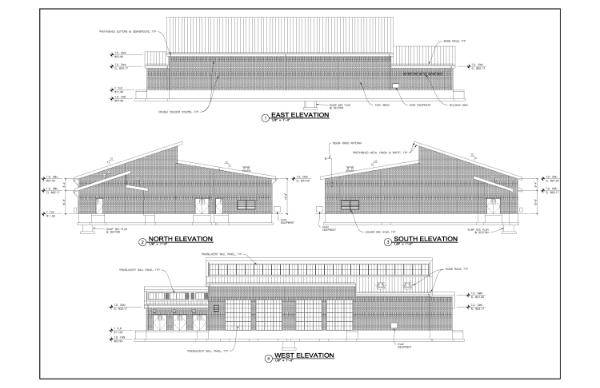
3D modeling removes these inconsistencies and presents an excellent level of accuracy. You can design items down to micro measurements. Additionally, you can instantly change parameters, scales, and measurements without re-creating the whole model/design from scratch.
Visualization: CAD drawings and designs can allow you to visualize a product or item fully. You can see every single part of the plan from different angles. Furthermore, you can examine how it fits into the greater scheme. For example, if you had a complex machine part, you could use 3D modeling to create a plan of the part itself and look at how it fits into the whole machine. This can all be done in a single viewing pane.
Traditional 2D plans and drawings don’t give you that same level of visualization. In the example above, you would have to have several different drawings for the machine part – a plan, side, and top-down view. Moreover, conveying how the machine part would work and fit in a 2D environment would be difficult.
Error reduction: We have touched on this issue above, but 3D modeling can help reduce errors. Humans are not perfect. We can make mistakes. When creating diagrams and models using traditional techniques, those errors can cause huge problems. 3D modeling can reduce human error significantly.
Advanced modeling programs and devices can allow you to input exact coordinates in a non-destructible manner. No harm is done if you type something incorrectly – just change the value. There is no need to re-print drawings or re-create pen and paper designs from scratch.
Improved interaction with end-consumer: We often forget about the end customer during the design and modeling process. Think of an architect. An architect can show their customer 2D blueprints and drawings. However, a building is hard to convey using items such as this – you don’t really get a true feel for space, size, and how it all fits together. Showing a customer a 3D model of the building, on the other hand, can give them a totally different experience. They will be able to visualize the end product easily.
RELATED: 3D Modeling: An Overview of History & Industry Applications
9 Industries That Cannot Do without 3D Modeling
The above information should have given you insight and background information about 3D modeling. Now we can look at nine specific industries that use this technique frequently. 3D modeling has revolutionized these industries and helped improve their processes and products. This list is not exhaustive, but it features the most notable examples:
1. Engineering
Example of 3D modeling usage – Creating 3D plans of complex machinery
Why is 3D modeling essential for this industry? – Allow for the creation of precision tools and equipment
Engineering has developed beyond our wildest dreams. We now have an array of complex machinery for many different industries. Precision engineering, for example, may require high-powered laser cutters that can produce sheet metal specs down to the smallest measurements. How do you think these machines are designed?
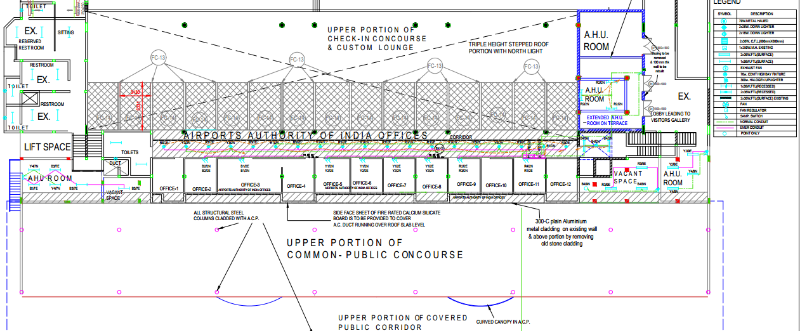
3D modeling allows freelance engineers to visualize their machinery and processes in greater detail. A machine with hundreds of small parts can look at each 3D part independently. In addition, they can also use 3D modeling to join the pieces together to form the whole machine. This ensures that everything fits and works as it should. It reduces errors and also reduces wastage, and needless expenditure.
We no longer need to use pen and paper blueprints for engineering processes. 3D modeling can be used instead in a fraction of the time and cost. 3D modeling has brought engineering into the modern world and helped replace many outdated techniques that were no longer efficient.
2. Manufacturing
Example of 3D modeling usage – Creating products using 3D modeling and printing
Why is 3D modeling essential for this industry? – Improves production times
Manufacturing is continually evolving. In ages past, products were made by hand using slow and painstaking techniques. As time moved on, we started seeing automation being introduced – for example, in the original factory lines of Henry T. Ford. We have moved to a new era of efficiency and detail with 3D modeling and printing.
Initially, 3D printing was mainly considered a novelty. The printers were expensive, and people would use them to create items of no use. As the technology became more accessible, however, it started to see greater use. Now, 3D printing is used for a myriad of different purposes.
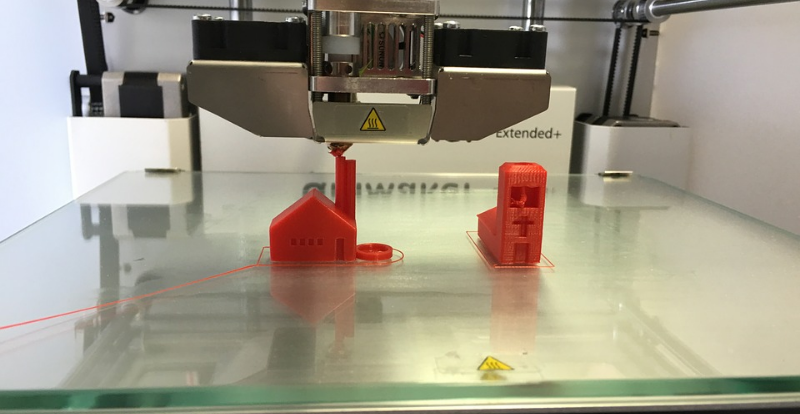
We can create anything from tools and office equipment to whole buildings. Rapid prototyping is quick. Furthermore, it creates little waste and allows for excellent creativity.
3D printing is based on 3D modeling. Manufacturers will first create 3D models on a computer. This design will then be sent to the 3D printer, and the final product created. 3D modeling should hopefully revolutionize the manufacturing industry for years to come.
3. Architecture
Example of 3D modeling usage – 3D blueprint and designs of buildings
Why is 3D modeling essential for this industry? – To improve visualization and efficiency
Architecture is possibly one of the best examples in this article. For decades, architectural design services have used traditional methods to visualize structures. The tried and tested process used a combination of blueprints and 2D technical drawings. These drawings would show various plans and elevations of a structure using scale measurements. You may have a handful of different drawings just for one room of a structure – that’s not even considering things such as foundation drawings and reinforcements.
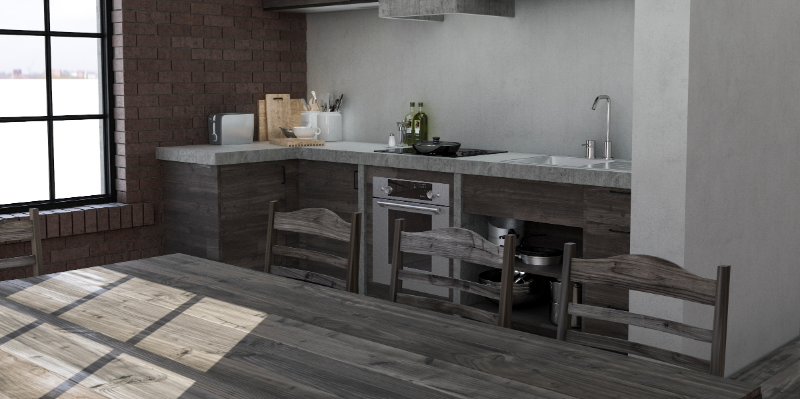
3D modeling has changed all of this. Traditional architectural methods are becoming a thing of the past. It is no longer efficient or productive to use old-fashioned methods when 3D modeling can provide so much more in a fraction of the time. Architects can now create complete structures using 3D modeling programs. There is no need for heaps of drawings and materials – simply one 3D modeling file that showcases every aspect of the building.
Not only is this fantastic for visualization purposes, but it also gives greater creativity and flexibility. If an element of the building doesn’t work or is undesirable, it can be changed in the 3D modeling program with no adverse consequences. Moreover, as you create 3D graphics, you can essentially create what you can imagine – this opens the door for new and exciting types of architectural design.
4. Filmmaking
Example of 3D modeling usage – Physical production of 3D models for film props
Why is 3D modeling essential for this industry? – CGI and props are things we can’t even imagine
Look at filmmaking 30 years ago and compare it to today’s world. In ages past, CGI was unheard of – we had to use stop motion and other techniques. Since the 80s, CGI has become hugely influential in film. 3D modeling is an integral part of the modern filmmaking process.
Film producers can use 3D modeling to create fantastic CGI graphics that would not be possible through physical production processes. Moreover, we can realize entire 3D modeling worlds and new planets – endless possibilities!
Think of some of the recent films that have been released – take the Marvel superhero series, for example, with films such as Avengers: Infinity War. How many of those films would be possible without 3D modeling and CGI? Practically none of them! Would they have been able to create characters such as Groot or Iron Man? Would they have been able to realize worlds and regions such as Wakanda and Titan? Probably not.
Due to 3D modeling and 3D animation services, adventurous film projects can be realized, and we can enjoy the cinema like never before. Film projects that were previously a mere dream are now possible through the wonders of CGI and 3D modeling.
5. Video Game Design
Example of 3D modeling usage – Creating CG 3D worlds for games
Why is 3D modeling essential for this industry? – To build extensive and beautiful 3D worlds
Think back to the dawn of video games – we had excellent 2D pixelated graphics with such treasured games as Space Invaders and Pong. Look now at the type of video games we have. 3D modeling technology has played an enormous role in advancing video game graphics.
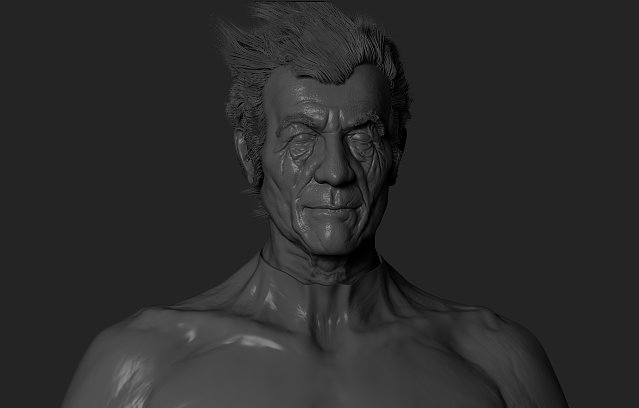
Developers can create 3D items in astounding detail. Games can show vast open worlds. They can also show human faces and animals in incredible lifelike detail. Developers can even recreate the sea, water droplets, and waves. In addition, they can create other lifelike particles such as dust, smoke, and weather conditions.
Looking at some of the recent games released, we can see just how important 3D modeling is to this industry. For example, we have God of War for the PS4, which throws the player into Norse Mythology, where you can confront gods and monsters. Even metaverse 3D gaming services are available to create virtual societies that can engage in real-world activities.
On the other hand, we have games such as Grand Theft Auto that allow you to freely explore huge cityscapes. Don’t forget the amazing sports games that use 3D modeling and face capture techniques to recreate the features of stars such as Ronaldo and Kevin Durant.
6. Healthcare
Example of 3D modeling usage – Visualization of human organs
Why is 3D modeling essential for this industry? – To improve the understanding of the body and medical practices
As with many other industries, 3D modeling has helped improve healthcare and medical science. This process is used in the pharmaceutical industry in various ways, some of which we have listed below.
Firstly, 3D modeling can be used to visualize the human body. In the past, medical students looked at plastic skeletons and model organs. Now, in addition to physical models, we can use modeling to create CGI versions of our bodies. We can look at anything from our circulatory system to the neurons in our brain and the structure of our lungs. This has helped improve our understanding of the human body and improved teaching techniques.
Secondly, 3D modeling can also help create artificial organs and medical equipment. Researchers can use modeling programs and medical device design services to create new equipment designs – scalpels and forceps, for example. Furthermore, they can use them with 3D printers or CAD machines to create prototypes for testing.
In short, we now have access to a myriad of tools, equipment, and study aids that just were not available in years past.
7. Scientific Research
Example of 3D modeling usage – Weather forecasting models to help damage control
Why is 3D modeling essential for this industry? – Allows us to explore our world in greater detail
Scientific research and development have exploded in the last 20 decades, partly due to 3D modeling. This process has a myriad of different uses in an array of scientific disciplines.
First, we have climate models and projections. 3D modeling has helped transform the way we analyze and predict the weather. Climatologists can use advanced modeling software to create weather zones and simulations. This can help show weather patterns and predict how dangerous natural occurrences such as hurricanes and earthquakes will act and the impact they could have.
Secondly, we have geology and the natural world. Scientists have begun using scanning technology and 3D modeling to map our planet. For example, in some countries, there are extensive cave networks – 3D modeling can be used to map out these caves so that they can be explored.
Finally, chemists can use 3D modeling to look at complex chemical structures of different elements and atoms. They can use it to display practically anything – things that may not be visible by the naked eye, for example.
8. Marketing
Example of 3D modeling usage – 3D representations of products instead of physically creating them
Why is 3D modeling essential for this industry? – To create marketing pieces with greater ease
Marketing permeates our everyday lives. How often do you see or hear marketing at home, at work, or walking down the street? Billboards, TV adverts, flyers, social media – marketing is hugely important in business. Without marketing, companies would be unable to effectively promote their products and raise awareness of their offerings.
Traditionally, photography would have been a primary production method for marketing pieces. Businesses hire professional photographers and undertake studio shoots involving complicated lighting, flashes, and other equipment.
The photographer would take a series of exceptional snaps of the company’s products – these would then be used in promotional material. This method was time-consuming and expensive.
Programs such as Photoshop have allowed companies to reduce the need for photography. Combine this with 3D modeling, and businesses can now create marketing materials in a fraction of the time and cost. 3D modeling is fantastic for product catalogs and advertising media.
Products can be placed seamlessly within any environment. Furthermore, textures, patterns, shapes, and sizes can be changed with a few clicks of a mouse. There is less need for props and expensive marketing setups.
9. Industrial Design
Example of 3D modeling usage – To create factory layouts
Why is 3D modeling essential for this industry? – Allows for the creation of efficient workflows
Freelance industrial design involves creating machinery, factory layouts, and production processes. 3D modeling has brought unprecedented detail and efficiency to this process. Traditionally, this process would be completed using pen and paper and blueprints. This is time-consuming. Furthermore, this method is open to human error and misinterpretation.
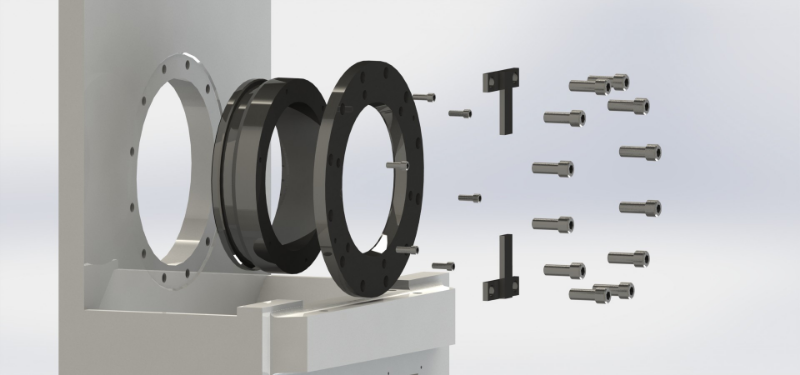
By using 3D modeling, companies can realize whole facility layouts instantly. Let’s look at a food packaging company, for example. They could use 3D modeling to design the floor space of their factory. This could include packaging machines, assembly lines, loading bays, and goods inward. The whole process can be designed down to minute details.
This can significantly improve efficiency. Furthermore, potential bottlenecks in production can be spotted and addressed by visualizing the entire factory. 3D modeling is essential for industrial design as it can help create productive and profitable facilities.
We hope you have found this article enlightening. As you can see, 3D modeling has an infinite number of uses. Many industries directly couldn’t operate efficiently without using 3D modeling and programs such as AutoCAD and SolidWorks. Moreover, 3D modeling opens up new possibilities and drives innovation and creativity. As technology improves, we should only see 3D modeling become more accessible and used in a broader range of situations in the future.
At Cad Crowd, we have various CAD design freelancers that have experience working with every industry mentioned. Whether in a video game or industrial design, we can connect you with a 3D modeling expert who’ll help. If you’re interested, contact us for a free quote today.

3D modeling can be used in a lot of ways. You can create decorations with 3D modeling, make pretty neat models, and sometimes sell them. They can be used in many jobs, like plumbing for pipe fixing, information technology for practice, learning to model, and more!
In plumbing, you can make 3d pipes because they fix pipes a lot.